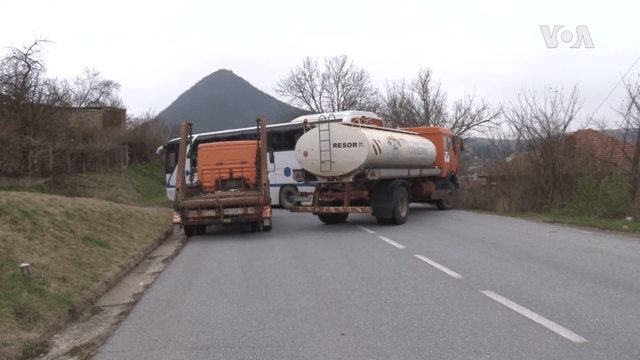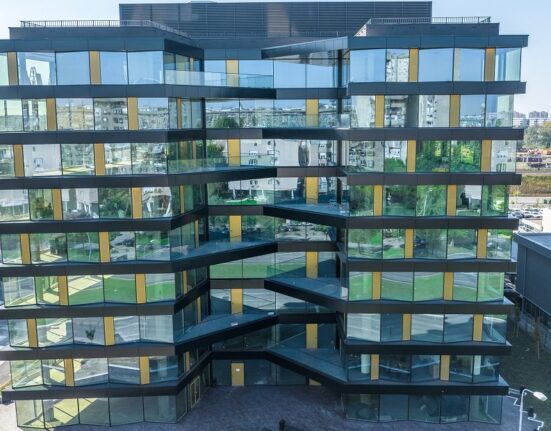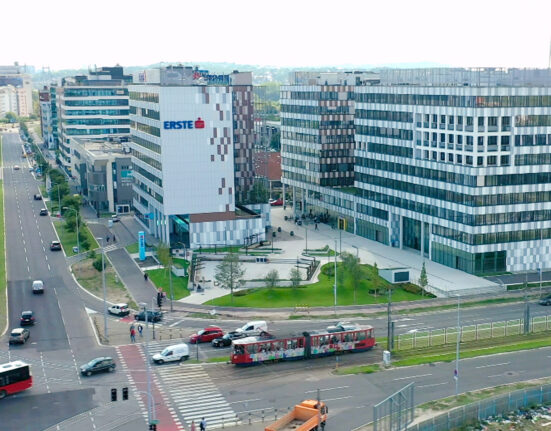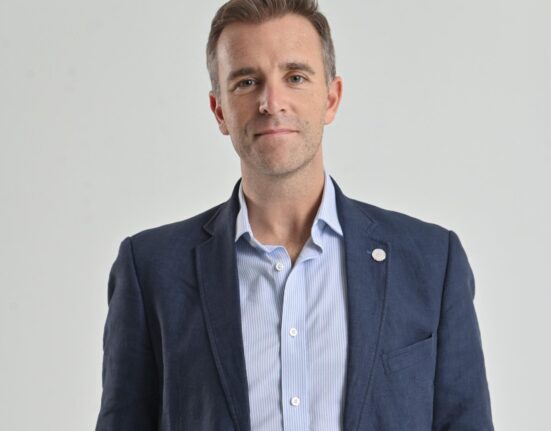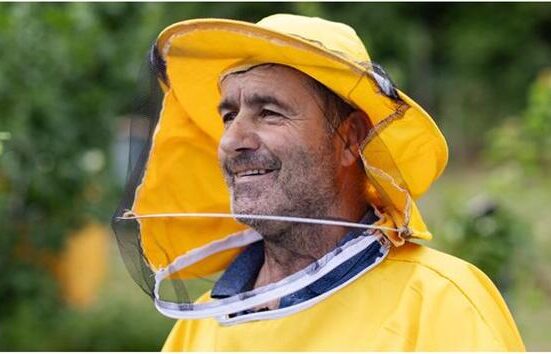In perhaps the first pot-calling-the-kettle-black story of 2023, the government of Kosovo has been forced to face an embarrassing reckoning with news that two Serbs, Stephan and Milos Stojanovic, were shot Friday, Jan. 6, in Strpce, Kosovo from a moving vehicle by Kosovo Albanians—with the Kosovo government having now confirmed involvement of a Kosovo Security Force (KSF) member in the shooting.
This latest round of violence prompted instant protests in both Kosovo and Serbia, as well as an apology by Kosovo Defense Minister Armend Mehaj, who condemned the attack by a KSF member and stated the he expressed his “deepest regrets for what happened in Strpce.”
Mehaj noted that authorities were investigating, but the shooting has stirred up a hornet’s nest of issues for both the governments of Kosovo and Serbia—not to mention the US and the EU—in the wake of a close to three-week standoff that saw Kosovo Serbs barricade routes in North Kosovo over alleged harassment and abuses by Kosovo police and security forces.
Barricades went up in December, following the arrest of ethnic Serb and former Kosovo police officer Dejan Pantic, who was accused of committing a terrorist act and then held in an undisclosed location. This resulted in not only protests within Kosovo by ethnic Serbs claiming they only want to live in peace, but also in the order to the Serbian military to move to the “highest state of readiness” on the Kosovo-Serb border.
Yet at the time this was only the latest of tinder-box issues, with Serbia and Kosovo having had butted heads over a decreet to order ethnic Serbs to re-register license plates, the subsequent walkout of ethnic Serbs from government posts in Kosovo—a move that included all ethnic Serbian police—and an attempt to force through elections by the Kosovo government, which would have seen all walkouts replaced by local Kosovo Albanians.
During this process both Kosovo Prime Minister Albin Kurti and Serbian President Aleksandar Vucic were highly criticized. Kurti was seen as extremely difficult during negotiations to calm the situation, and it appears that the EU and US were not impressed by Vucic’s military build-up on the border and official request to KFOR to send 1,000 Serbian military to Kosovo to protect the rights of ethnic Serbs.
But despite the fact that Kurti has seemed to long have US and EU backing—with German officials especially criticizing Serbia—Vucic also had cards to play. Both the EU and US desperately want stability in the Balkans and to stop Russian meddling in Balkan politics. And both the EU and the US would like Serbia to align with EU and US policy, as well as participate in sanctions against Russia—which is quite a sticky point for Vucic for reasons ranging from energy dependence on Russia to his country’s absolute refusal to simply give up Kosovo or to acquiesce to international pressure to see it recognized as an independent state.
In the end, it appears that realpolitik and pragmatism played a role, and both the EU and US used their combined weight to reign in the bellicose Kurti. Pantic was moved to house arrest, following the decision of a Kosovo prosecutor and judge—a decision that visibly enraged Kurti—and reportedly ethnic Serbs at the barricades were given a blanket promise of no prosecution for what can rightly be called civil disobedience.
Meanwhile, Kurti has done little to detoxify an already near-untenable situation, claiming that “bald men with beards” and that Russian Wagner mercenaries were active in Kosovo and possibly even manning barricades—histrionics that appear to have little to no basis in fact. He also called for a bolstering of KFOR forces, following an attempt to bully KFOR into moving in to take down barricades itself, which clearly would have set off at least local fires if not destabilized the region.
The shooting of the Stojanovic’s, however, creates a new dynamic. Not only does it justify claims by ethnic Serbs with regard to dangerous harassment—and here it should be said that alleged beatings of local Serbs has been a running theme—but now Vucic’s statements to the West that it is local Serbs who have become true victims becomes much harder to deny.
Yet violence cuts both ways. Not only must Kurti reckon with not only a shooting by Kosovo Albanians at exactly the wrong time—and also the fact that this was committed by the much criticized KSF—but smaller (yet headline-grabbing) protests also erupted in North Kosovo, with participants basically accusing Vucic of selling out and committing “high treason” by refusing to come to their aid.
Obviously, Vucic also has his hands tied. Not only had KFOR now officially refused Vucic’s request to send in military personnel, but any such move would likely be deemed an attack on UN forces, an intentional move to destabilize the Balkans, and conspiracy theorists would have a field day with themes such as “alleged Russian backing” and Wagner participation both.
But again, this is an ugly scenario for all. While Vucic has attempted to appear strong, he will be faced not only by angry protests in North Kosovo, but also by renewed calls from hard-liners within his own party to stop simply “acting” tough. With regard to KFOR—which rejected Vucic’s call to send in troops—the rejection of Vucic’s legal request under a “no need” clause appears over-simplified if not silly.
But that said, the attack on the two Serbs, not to mention the beating of Klokot resident Stefan Tomic, is more than a black eye for Kurti and the Kosovo government and in fact undermines not only his most vociferous arguments (such as all ethnic Serbs being criminals) but bolsters the ethnic Serb stance as victims.
Which, considering the jailing of Pantic (and the length of time during which not even his lawyer knew his whereabouts), assaults on local ethnic Serbs, over-the-top rhetoric, hard-line refusals to entertain true dialogue and now the Jan. 6 shootings, is getting quite difficult to deny.
Barricades in Kosovo have come down, but the crisis is far from over. Photo by Voice of America, Public domain, via Wikimedia Commons.


